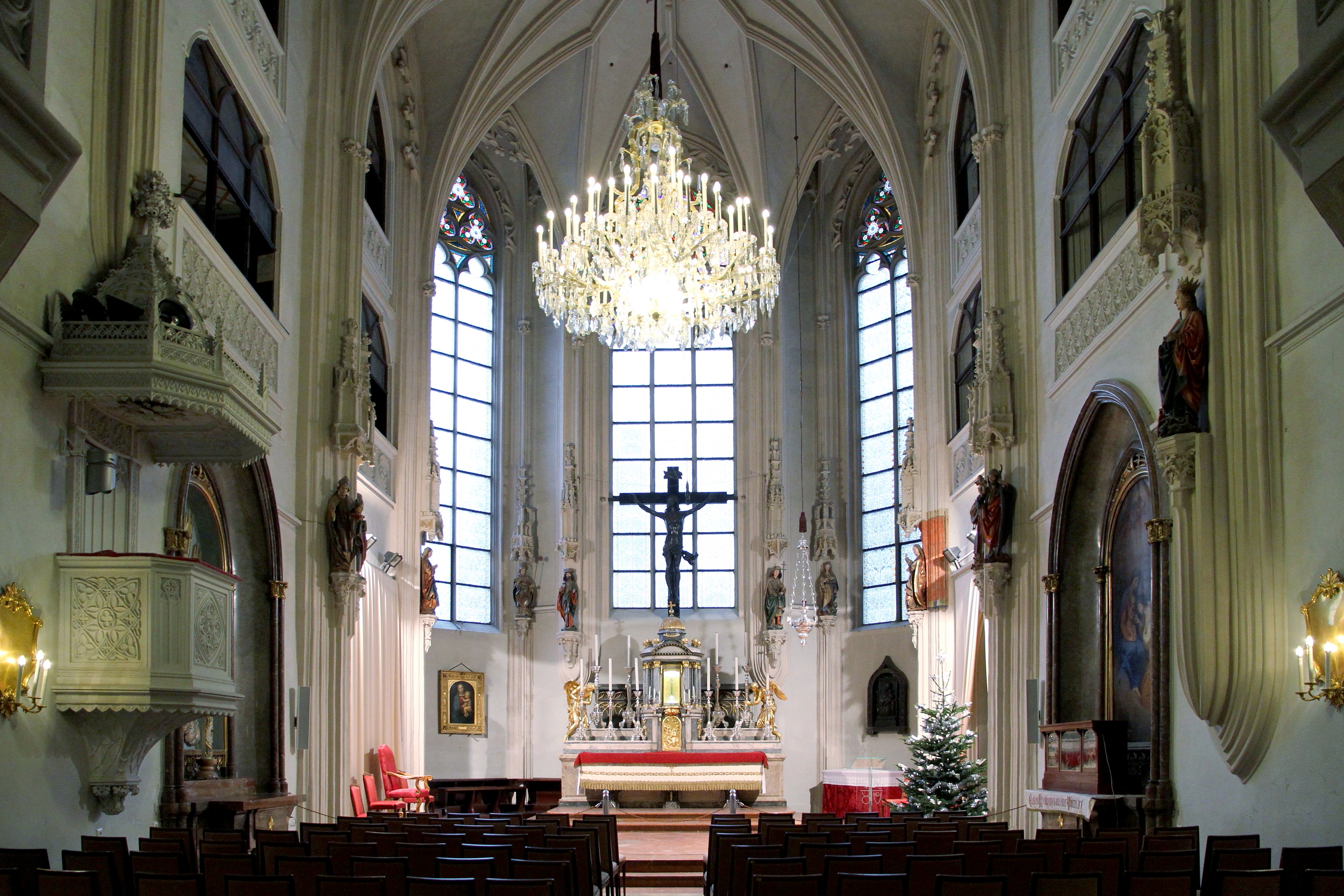Wiener Hofmusikkapelle on:
[Wikipedia]
[Google]
[Amazon]

 The Wiener Hofmusikkapelle is the group of musicians serving at the court chapel in Vienna. It was founded in 1498 under
The Wiener Hofmusikkapelle is the group of musicians serving at the court chapel in Vienna. It was founded in 1498 under
Maximilian I, Holy Roman Emperor
Maximilian I (22 March 1459 – 12 January 1519) was King of the Romans from 1486 and Holy Roman Emperor from 1508 until his death. He was never crowned by the pope, as the journey to Rome was blocked by the Venetians. He proclaimed himself El ...
. It was disbanded in 1922 and was the forerunner of the Vienna Boys' Choir
The Vienna Boys' Choir (german: Wiener Sängerknaben) is a choir of boy sopranos and altos based in Vienna, Austria. It is one of the best known boys' choirs in the world. The boys are selected mainly from Austria, but also from many other countr ...
.
History
Prior to Maximillian I taking control of Tyrol, there was already a choir, with the organistPaul Hofhaimer
Paul Hofhaimer (25 January 1459 – 1537) was an Austrian organist and composer. He was particularly gifted at improvisation, and was regarded as the finest organist of his age by many writers, including Vadian and Paracelsus; in addition he ...
and the composer and singer Pierre de la Rue
Pierre de la Rue ( – 20 November 1518) was a Franco-Flemish composer and singer of the Renaissance. His name also appears as Piersson or variants of Pierchon and his toponymic, when present, as various forms of de Platea, de Robore, or de Vico ...
at the ''Grande chapelle'' in Vienna, the musical establishment of the Burgundian-Habsburg court. Maximilian conquered the territory in 1490 and entered Vienna but he did not set up his court there until 1498. This was the year the Hofmusikkapelle was founded; Jurij Slatkonja
Jurij Slatkonja (german: Georg von Slatkonia, also ''Jurij Chrysippus,'' Slovenian: ''Jurij Slatkonja''; 21 March 1456 – 26 April 1522) was a Carniolan choirmaster and the first residential Bishop of Vienna. He was also the first owner of an e ...
was a chaplain and cantor at the court in Vienna and also the canon and provost of the Diocese of Ljubljana
The Roman Catholic Metropolitan Archdiocese of Ljubljana ( sl, Nadškofija Ljubljana, la, Archidioecesis Labacensis) is an ecclesiastical territory or diocese of the Roman Catholic Church in Slovenia.Maria Theresa
Maria Theresa Walburga Amalia Christina (german: Maria Theresia; 13 May 1717 – 29 November 1780) was ruler of the Habsburg dominions from 1740 until her death in 1780, and the only woman to hold the position ''suo jure'' (in her own right). ...
and Joseph II
Joseph II (German: Josef Benedikt Anton Michael Adam; English: ''Joseph Benedict Anthony Michael Adam''; 13 March 1741 – 20 February 1790) was Holy Roman Emperor from August 1765 and sole ruler of the Habsburg lands from November 29, 1780 unt ...
restricted its use to church music, and Antonio Salieri
Antonio Salieri (18 August 17507 May 1825) was an Italian classical composer, conductor, and teacher. He was born in Legnago, south of Verona, in the Republic of Venice, and spent his adult life and career as a subject of the Habsburg monarchy ...
, who taught Beethoven, was the last Italian court conductor.
After World War I and the fall of the monarchy, the court music band was placed under the Ministry of Education. Boys were no longer hired and ladies of the Vienna State Opera
The Vienna State Opera (, ) is an opera house and opera company based in Vienna, Austria. The 1,709-seat Renaissance Revival venue was the first major building on the Vienna Ring Road. It was built from 1861 to 1869 following plans by August S ...
sang the upper parts, and the choir was disbanded in 1922. However it was formed again in 1924 as the Vienna Boys' Choir
The Vienna Boys' Choir (german: Wiener Sängerknaben) is a choir of boy sopranos and altos based in Vienna, Austria. It is one of the best known boys' choirs in the world. The boys are selected mainly from Austria, but also from many other countr ...
, and this has since become a professional music group.
Wiener Hofburgkapelle
A chapel was built in Vienna in around 1287 by Albert I in the late Romanesque style. It was expanded under Albert II between 1423 and 1426, and rebuilt in Gothic style by Frederick III from 1447 to 1449. Later Maria Theresa arranged for it to be rebuilt in lateBaroque
The Baroque (, ; ) is a style of architecture, music, dance, painting, sculpture, poetry, and other arts that flourished in Europe from the early 17th century until the 1750s. In the territories of the Spanish and Portuguese empires including t ...
style. It was in this building that the Hofkapelle performed, a tradition that has been continued. Today's Wiener Hofmusikkapelle consists of the Vienna Boys' Choir, male singers from the choir of the Vienna State Opera, and members of the Vienna Philharmonic. They regularly perform in church services at the Hofburgkapelle.
Bibliography
* ''Wien.'' Artikel in: '' MGG'', Sachteil Bd. 9, Sp. 2004–2013 (1998). *References
External links
* * {{authority control category:1498 establishments in Europe category:Culture in Vienna Austrian orchestras category:Hofburg category:Vienna Philharmonic category:Organisations based in Vienna